Our early universe as seen by James Webb telescope

Dear Colleagues
Some of the focuses of James Webb Space Telescope (JWST) involve the search of the first light in the universe, the formation of galaxies in the early universe, the birth of stars and the exoplanets (planets located outside our solar system) as well as the origins of life. JWST is located at about 2 million kms from the Earth on the Lagrangian point 2. JWST has just sent the first image of the star-forming region NGC3324 in the Carina Nebula (see the image below). The second image was taken by the Hubble Telescope, and you can see a huge difference in details. JWST infrared cameras can see through cosmic dust to clearly show us the areas where new stars are born.
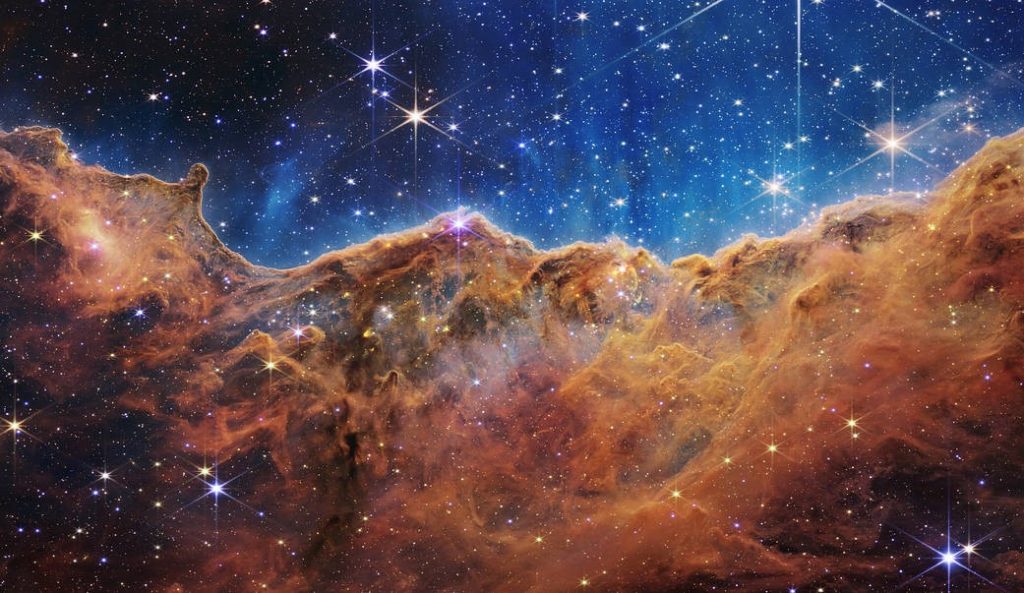
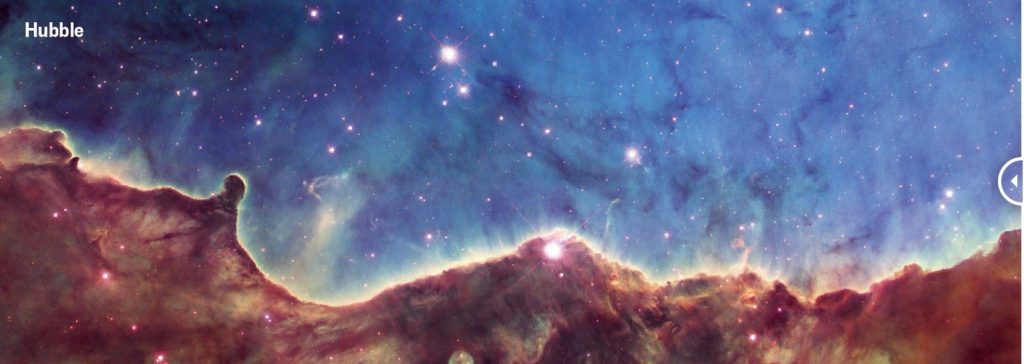
The JWST stunning image is revealing, for the first time, the areas that were previously not visible from ground telescopes. What you see in the image is the edge of a huge gaseous cavity within the Nebula. The height of the tallest peak is about 7 light years (or 66 000 000 000 000 or 66 trillion kms). Carved areas are due to intense radiation from very massive hot young stars and stellar winds. The image is the beginning of an epic journey to study what happened at the beginning of time 13.8 billion years ago.
NB: NGC3324 is located at a distance of 7600 light years (70 000 000 000 000 000 kms or 70 thousand trillion kms) away from us.
Prof Thulani Jili and Dr Getachew Mengiste
Positron Laboratory
Physics Department

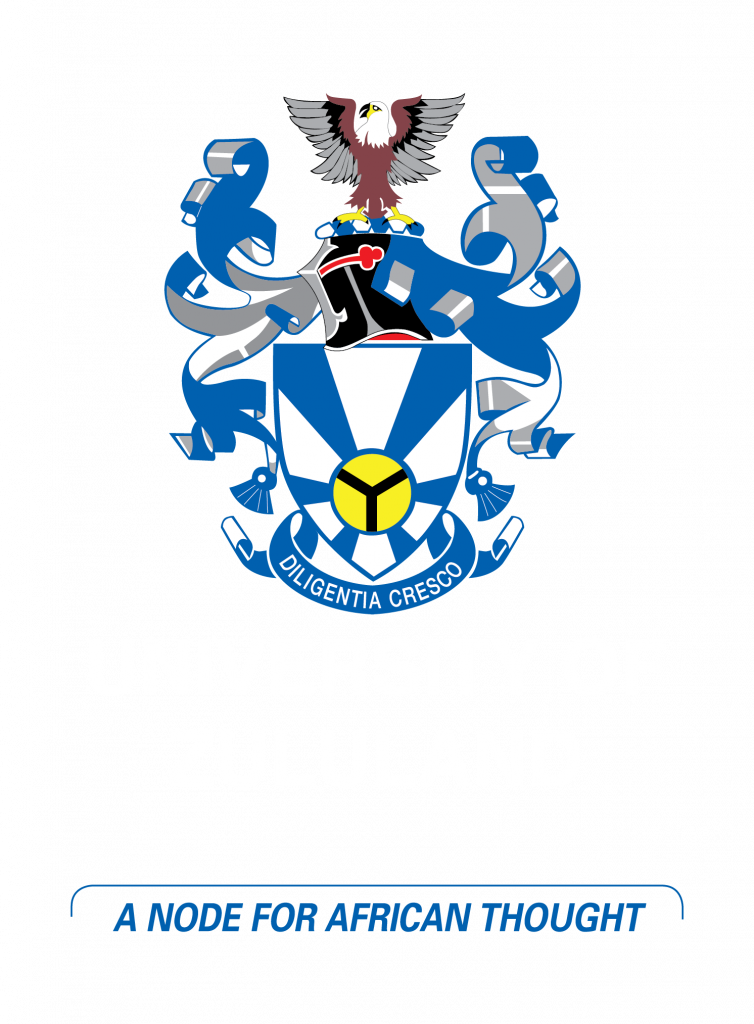






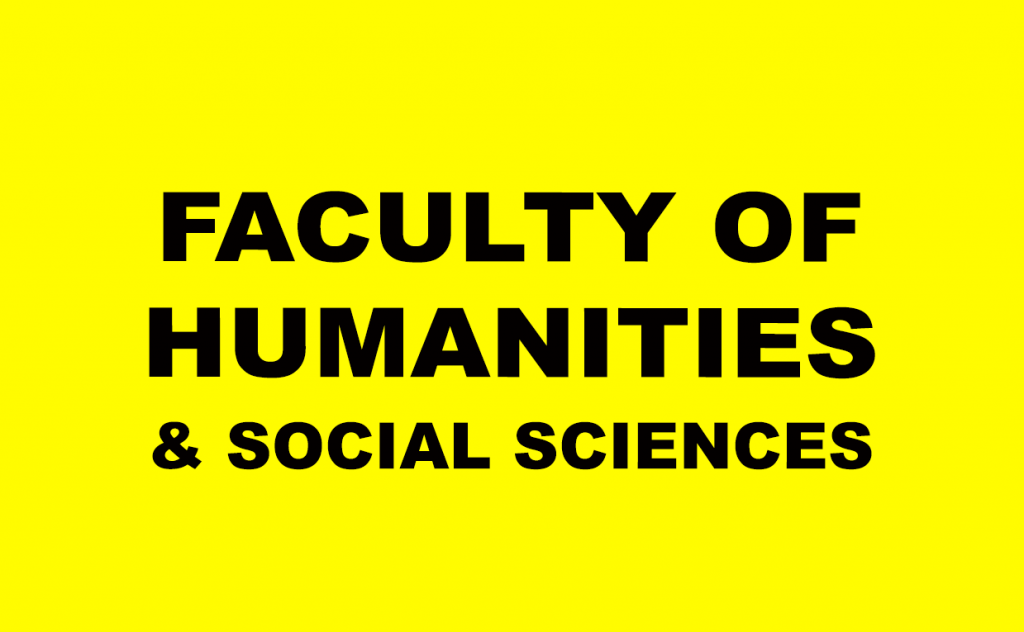

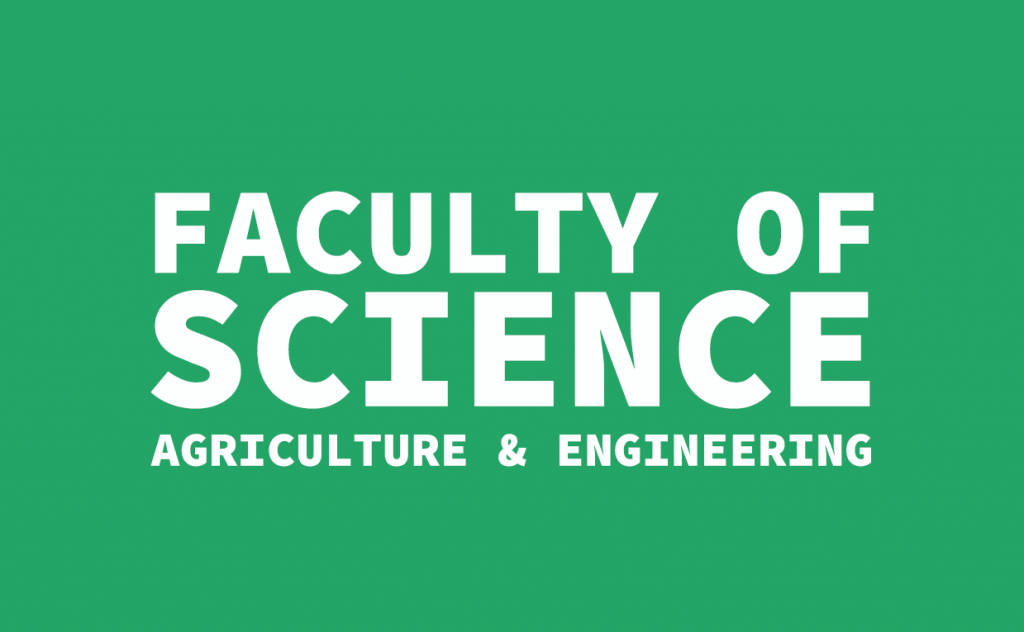



3 Comments
Stunning images of JWST of intense radiation from the telescope, surprising for its sharpness and clarity.
You truly delivered an insightful and engaging blog post with everyone.
I love this!! I love it.